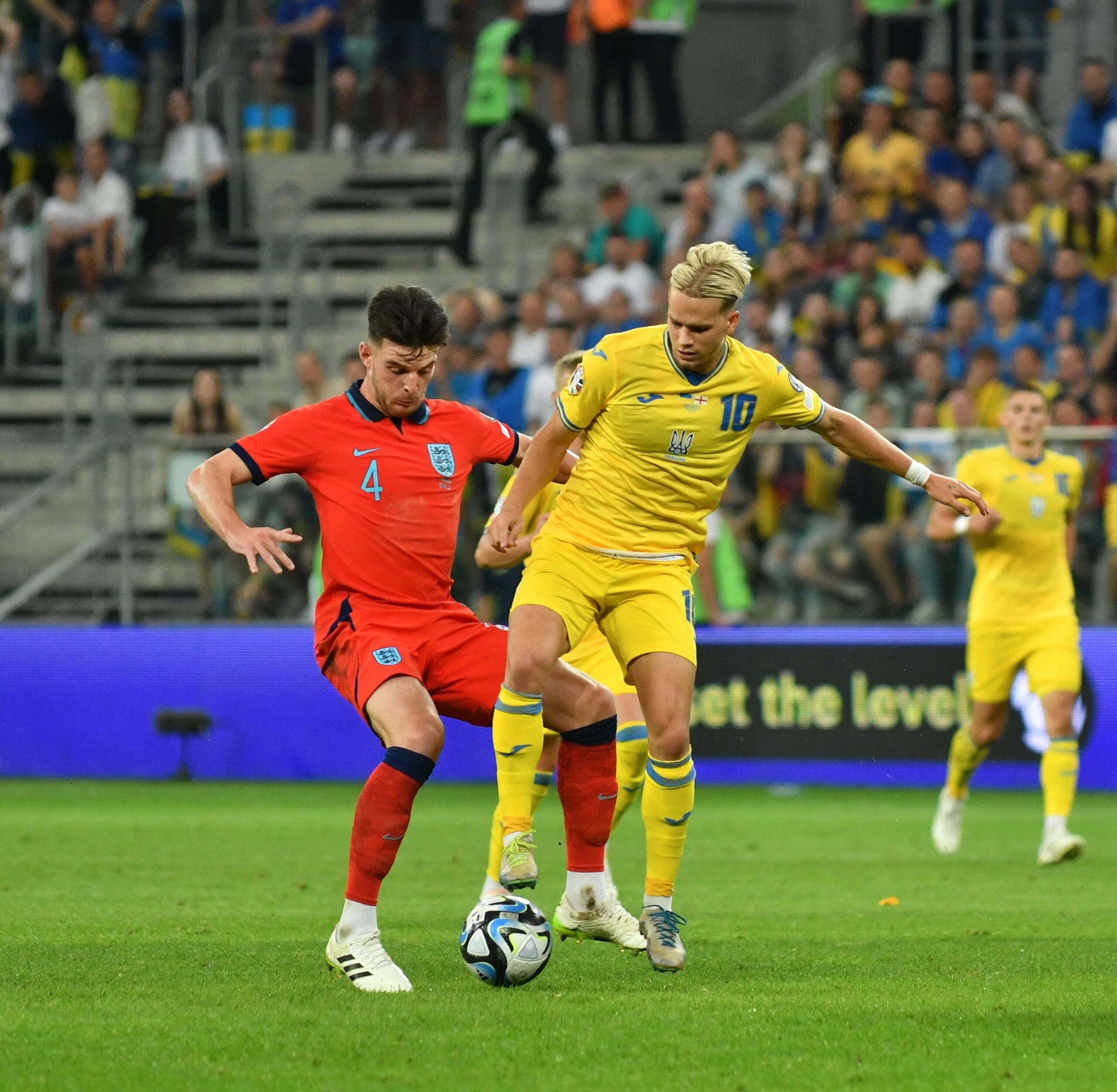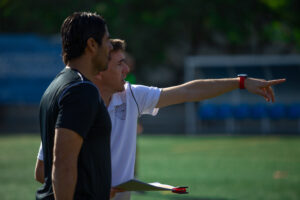In this week’s article, we will analyse the importance of the team’s own characteristics when losing the ball. Understanding the collective and individual behaviour of players in the moments after the ball is lost is crucial to developing effective recovery strategies. These reactions not only affect immediate ability to win the ball back, but also determine how the team handles transition and prepares for future attacking opportunities.
Collective Behaviours
Teams can adopt three different types of collective behaviours after losing the ball. Each has a specific objective, related to the behavioural principles established within the Game Model.
Intense pressure: When a group, after losing the ball, reduces the distance to the on-ball opponent, pressuring them to prevent the progression of the play and recover the ball or force a mistake. Nearby teammates must accompany the movement of the pressing defender, closing passing lines.
Floating defence: If the team, on losing the ball, does not reduce the space or time of the on-ball opponent, but the players nearby position themselves in passing lines to avoid combinations in progression, we refer to a floating defence. This behaviour is focused on intercepting passes and protecting the areas behind the defenders.
Retreat: When a team prioritises defending space, dropping off the position of the players instead of pressing, we refer to retreating. In this case, the most important thing is to organise the team’s defensive block rather than to win the ball back.
Individual Behaviours
After turnovers, players must consider several micro aspects of their individual behaviour in order to optimise response and recovery. These are some of the most important ones:
Immediate reaction: The time it takes for a player to realise that they have lost the ball and act to get it back, changing quickly from an attacking to a defensive mindset.
Positioning and cover: Positioning effectively to close passing lines, directing the opponent to less dangerous areas or to the sideline and supporting nearby teammates to prevent the opponent from progressing.
Anticipation: Anticipating the opponent’s options with the ball and being alert to intercept or cut off potential passes.
Communication: Synchronise with teammates to organise pressure and cover, informing them of opponents’ movement and possible immediate threats.
Intelligence: Use tactical fouls to stop promising opposition attacks.
Mental resilience: Not getting discouraged by the turnover and maintaining concentration for later recovery.
These micro aspects are fundamental for efficient individual behaviours after the turnover, contributing to the collective success of the team in defensive transition situations.
Conclusion
Understanding and applying the different types of mentality and behaviours after a turnover is essential for any team aspiring to improve its defensive and attacking performance. Collective strategies such as intense pressure, floating defence and dropping off, along with optimising individual behaviours, allow for a quick and effective response that can make a difference in the play.
Do you want to be a scout and game analyst?
This online course will allow you to delve deep into the MBP Scouting model and the functioning and use of professional Scouting. You will do it through challenges and game mechanics (gamification) and a story that will put you in the shoes of a junior scout recently arrived to a professional team. In short, you will have access to all the contents of the in-person program in a comfortable, attractive and motivating way: you will learn how to know the existing types of Scouting and identify both the player
analysis elements, individually, and the team, as well as all the keys to create a total report of the opponent.
In particular, you will know cutting-edge analysis technological tools and will learn how to use one of them to gather, order and interpret information according to methodological patterns and confront the competition in both your team and your rival’s analysis. All of it autonomously but also sharing what you learn with the community and the MBP teachers.
Ultimately, in this course you’ll know the basis of game analysis and gathering information from competitions to make coherent and effective decisions later.
Click here to get more information








